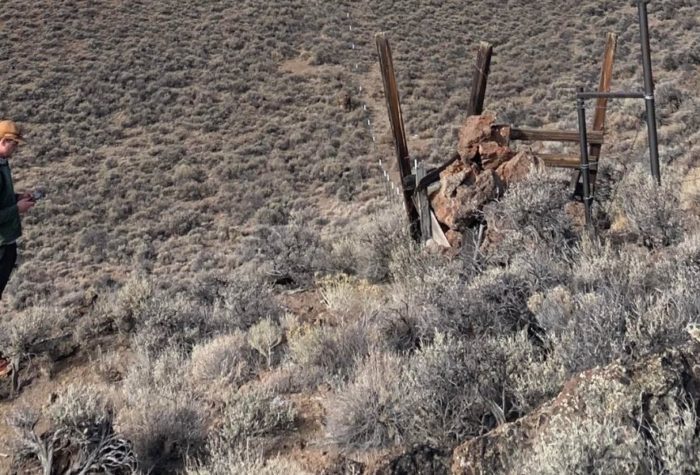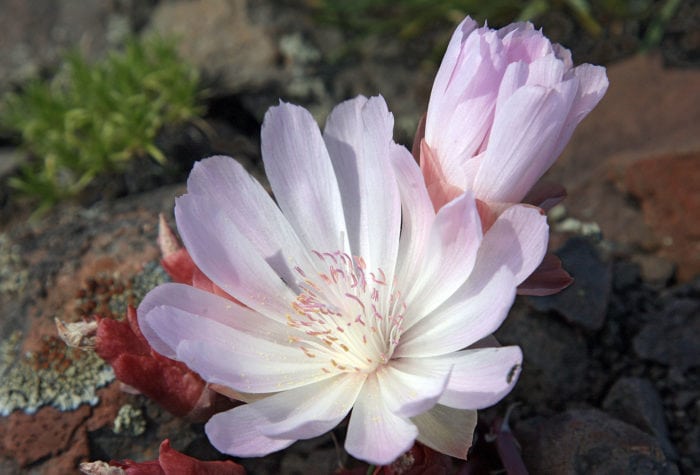Enjoying Wilderness Areas
Greg Burke Website
What Can I Do In A Wilderness Area?
The Wilderness Act lays out the ground rules intended to preserve the experience of visiting wild places.
There are several exceptions to these rules that help protect safety and allow traditional activities to continue. For example, although motorized vehicles are generally prohibited in wilderness, firefighters can use bulldozers, trucks, chainsaws, or other motorized tools to put out a fire if it is threatening homes outside of the wilderness area.
Examples of activities that are allowed in Wilderness Areas:
- “Primitive recreation” activities, such as fishing, hunting, hiking, camping, horseback riding, canoeing, kayaking, and rafting
- Educational and scientific study
- Use of a wheelchair
- Existing livestock grazing and the exercise of other “valid existing rights,” including water rights and mineral rights
- Fire suppression where necessary to protect human safety and property both within the wilderness area and outside its borders
- Use of motorized vehicles when necessary to ensure the health and safety of people and livestock, such as in search and rescue operations or for fire suppression
Examples of activities that are not allowed in Wilderness Areas:
- Recreational activities that require a motorized/mechanized vehicle, such as off-highway vehicles, motorbikes, mountain bikes, snowmobiles, and motorboats
- Construction of new structures or roads
- Energy exploration and development
- Landing aircraft, except during emergencies
- Commercial enterprise, excluding guide services whose purpose is to help wilderness users enjoy legal recreational activities
For additional guidance, refer to the principles of Leave No Trace.

